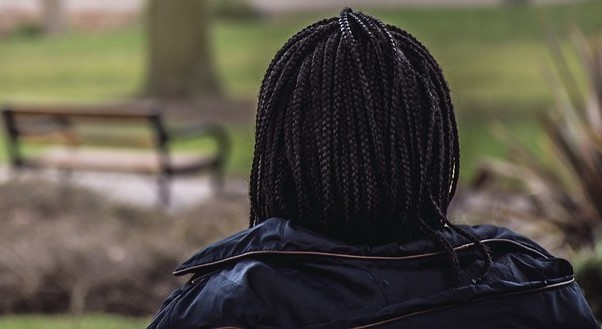
Zena
“Zena”, a woman Ruhama has supported, tells her story – from being trafficked into Ireland to moving into a new...
read more
Students of the University of Johannesburg recently won a major award for a campaign which they ran to create awareness about human trafficking. Two lecturers involved in the project, Anna Oksiutycz and Caroline Azionya, share how student involvement brought the human trafficking campaign to life.
The campaign, ‘#TraffickingIsReal’, was a partnership between the University of Johannesburg’s (UJ) Strategic Communication students and the International Organization for Migration (IOM). The organizers used social media, the IOM website, and interviews with the media.
In the following interview, Caroline Azionya, one of the students’ teachers, gives an account of the project:
How did your teams come up with the concept behind the ‘#TraffickingIsReal’ campaign, and what were the different factors that had to be considered during this process?
Azionya: As part of the brief, second-year student in the University of Johannesburg’s Applied Strategic Communication students were asked to come up with concepts that would create Human Trafficking awareness on social media during the Human Trafficking Prevention Week in October 2016.
We decided to focus on specific types of trafficking. The students were asked to bring their own clothes to get into character. They were cast according to the themes we were working on. We had three photographers. We split up and found different locations around UJ to shoot our stories.
Considering the realities of social media, we made an effort to safeguard the students and make sure that all pictures taken were done tastefully and with sensitivity towards victims.
What were the different components of the campaign?
Azionya: Using the campaign hashtag, #TraffickingIsReal, the students formed part of a photoshoot showcasing the three types of trafficking the project was focused on in 2016. The campaign photoshoot included images that highlighted sexual exploitation, domestic or labour exploitation, and child trafficking.
The students, in partnership with the IOM, compiled messages in the three categories about human trafficking that would be used as media talking points, as well as content to be disseminated through the IOM social media pages during the 2016 Human Trafficking Awareness Week.
The campaign followed a multi-pronged approach to drive home the message. The IOM social media pages were used, as well as the website, since these were already in place and would only be used to amplify the messages IOM distributes through these channels.
By means of several activities aimed at the general public, the community level, as well as government level, IOM took the ‘#TraffickingIsReal’ campaign forward to the media, lobbying for coverage and opportunities to engage or speak about the realities and dangers of TiP [Trafficking in Persons].
Throughout the campaign, the social channels, Facebook and Twitter, were updated with photos from the campaign shoot, general information, and statistics about human trafficking in South Africa to encourage open engagements with the content and dialogues.
What goals and targets did you set for this campaign?
Azionya: The main goal was to ensure that all the students developed a deep understanding of the issues around trafficking, and specifically how to communicate them effectively to their personal networks using strategic communication.
They had to create their own content in real time that needed to spark and sustain conversation around trafficking. They had to work according to a content plan, which covered specific themes, and adjust their strategy according to what was working. They also had to use the hashtag.
What are some of the challenges around raising awareness of a complex issue – such as human trafficking – on social media?
Azionya: The biggest challenge for the students was that they found it difficult to engage others on and write about a difficult topic. Their peers preferred to share more positive content and avoided difficult conversations.
How did the students’ involvement in creating this campaign help to make it more impactful?
Azionya: Not only were they and their peers the target audience, but they tapped into their personal networks to spread the message about the issue. Some of them have become anti-modern-slavery activists as a result of the campaign.